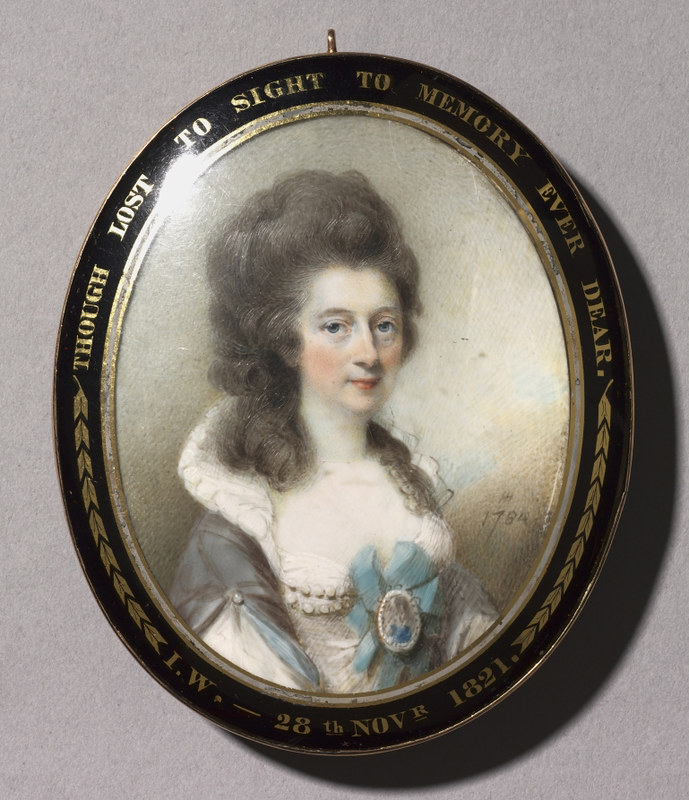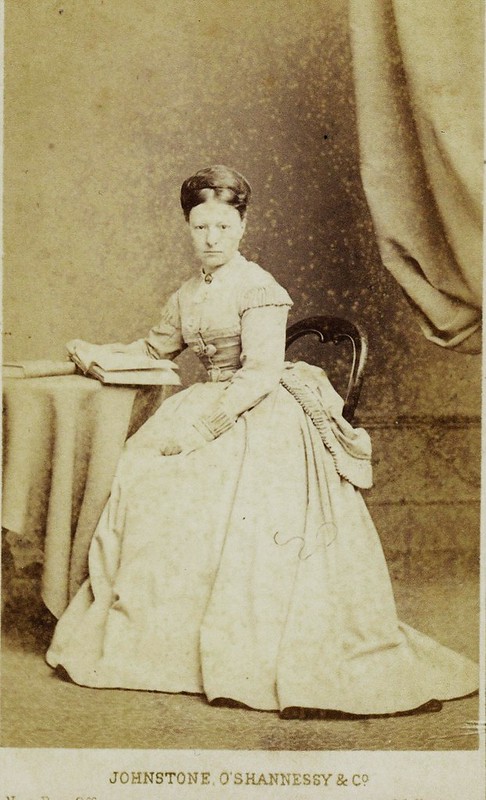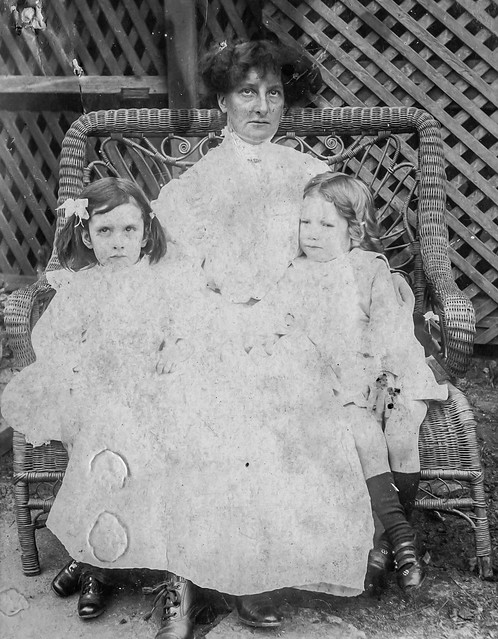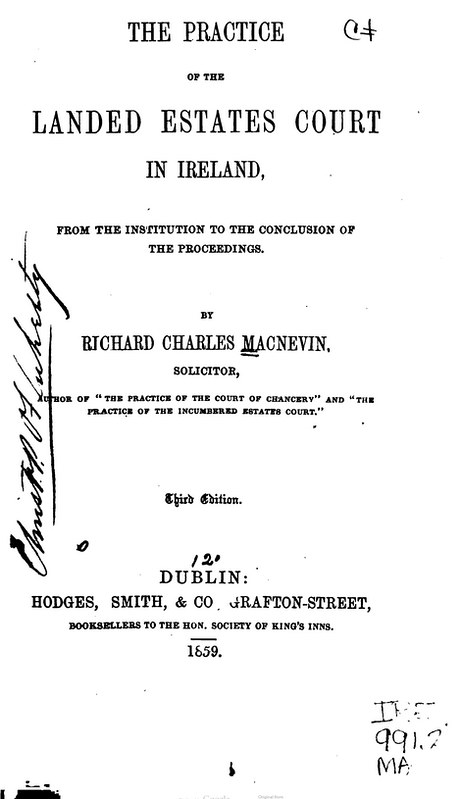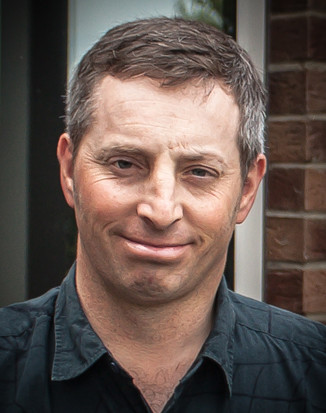A pretty difficult and very complex 8 odd months I had. Our care of my Nephew is over for now.
I had to take timeout, to refresh the mind and I suppose, "one's soul".
I am now in a better place, with a lot more stories at hand. So I'm hoping to format the stories, in the best way I can. In my time off, I had encountered both Maternal and Paternal lineaged stories.
In these few weeks, I traveled to many places in Victoria and a tiny bit into New South Wales, looking for ancestral connections back to Ireland.
I have encountered the following stories, some of which are still discovering in the last few days.
Just like a good book, I just can't put these stories to bed. So much Irish culture, it's "oozing shamrocks out it's pores". One of the stories in the last few days, also may contradict many thoughts of mine about the Easter Rising and how it affected a collateral descendant.
- I traveled to Marysville, Victoria and followed quite a tragic tale of 3 Maternal Cousins.
I shared details with the Marysville Historical Society, to help them understand, what sort of family background these 3 people had. The Historical Society had details on their Paternal side, which greatly helped me out with that side of the family name. Their Maternal Grandparents were, the Irish Newenham/Persse lineage. And I believe that this ancestry was very crucial, to their lives.
The were (sic. so to speak) struck by a plausible family curse and I had been chasing what was happening to the family.
3 lives ended very abruptly and they had been mentally affected by certain circumstances, that I had to learn "why". Their remnants of their existence in Marysville, sadly took another turn in 2009, when one of the worst Summer Bush Fires ever seen in history, brought the small town to it's knee's and destroyed a major part of the Township - including their 2 properties (A Guesthouse and a Log Cabin).
Even 8 odd years after the disaster, you can still see the devastation from a firestorm, that spawned from a 46-47o Celsius day. To their credit, the town was rebuilt (and still rebuilding goes on) and the historical society needs people like us, to feed back to them, stories and photographs of a past that was burned away. Part of the reason why I did what I did. The town's historical connection, to these Maternal cousins, were revived and put on display, to show where they lived and what they did.
They were the Pitman's of Marysville. (Paternally connected to the "Pitman Shorthand" family - they were Great Nieces-Nephews of Sir Issac Pitman)
- I traveled to Albury, New South Wales and met up with a 2nd Cousin, who shared details of my Paternal Great Grandmother - who shared lineage to very same Cork City Church (St. Finbarrs RC South Parish), to my Fitzgerald line in the early 1800's.
She also shared a Northern Irish connection, that was written about, back to some plausible English Planters.
We shared stories and went through the township, to discover and swap stories, to see if anything dug up may have eluded to bigger stories.
Albury shared a great connection to this family connection and seemed the family had a lot of history there.
Initially, I was discovering my distant immigrant Irish ancestors, but one of their descendants (Paternal Great Grandmother's - Brother), shared a very involving story of serving for the Australian Imperial Force during WW1 (Gallipoli).
He was a 2nd Generation Australian, with a supposively very Irish Catholic family.
He went to Gallipoli under the 1st Light Horse Train Brigade (a support train as such).
He was mentally affected from shell shock and a few other illnesses (how could anyone blame him), but it's what he did after his service that changed everything that I knew of him. Being from a very catholic family, I challenged his "Irish-ness" against his "Australian-ness" - some would say Australian - but these people back then were still "British Subjects" and treated as British, even though we were Australian. Trying to understand, what was going through his mind during that time.
He was part writer, part reciter, part poet, part politician, part founder of services for people who have returned from War (to get them motivated back into life after the war).
And maybe, just maybe following his Maternal Great Grandfather of being a Policeman.
I challenged my thoughts of him, from the moments just before to just after the Easter Rising. A very very critical time period for being Australian, to my research about him
and how he carried his persona through this time.
If you had Irish Catholic background in Australia (whether born here or not), the Easter Rising (moreso the executions after it), changed the political/religious landscape in the country. Yet- hardly anyone knows of it, how it affected the Australian way of life for many years. There was a conscription debate, to force Australians to fight under the British Empire at Gallipoli. And as you would image, why would an Irish Catholic, fight for the Empire, when the Empire executed 16 of their own people (fight for freedom over the British).
Dr. Mannix (Archbishop of Melbourne) was absolutely pivotal to the Irish Catholic cause, after the executions and denounced these tactics of barbarism. He went radical, and pushed the voting down (campaigned for the "No" vote) to the Conscription plebiscites, to all Irish Catholics.
Simply, he (Mannix) succeeded to compromise the Monarchial Australian Government's plan to conscript Australians, to fight with and in favour of the Empire during WW1.
The 2 plebiscites failed because of Mannix.
My collateral descendant connection, shows quite extraordinarily, he is with the Monarchial Australian Government, almost in a "volunteer Member of Parliament" type of way. But yet, his mind is set for this purpose, his very native Cork Irish family name and Irish Catholicism, is put to one side, for his way to help the country, under a "British Subject" kind of way.
A proud Australian, doing what he can do best for his country, but if he had very an "Irish Catholic Core", I don't think he would have spoke the way he did - after the Rising.
His life after the Rising, is changing or moreso, challenging everything I am learning about Irish-Australian life, during and after the Rising period.
Either way, I'm a bit flabbergasted to find a much different story than what I was looking for. I am proud of his achievements, but totally bewildered or perplexed about his way of life. I am challenging a few things, but one thing I want to find, did he lose his "Irish-ness", being a 2nd Generational Australian?
He was of the Sheehan family of Albury-New South Wales.
It might take a few weeks to get the story out of my head.



